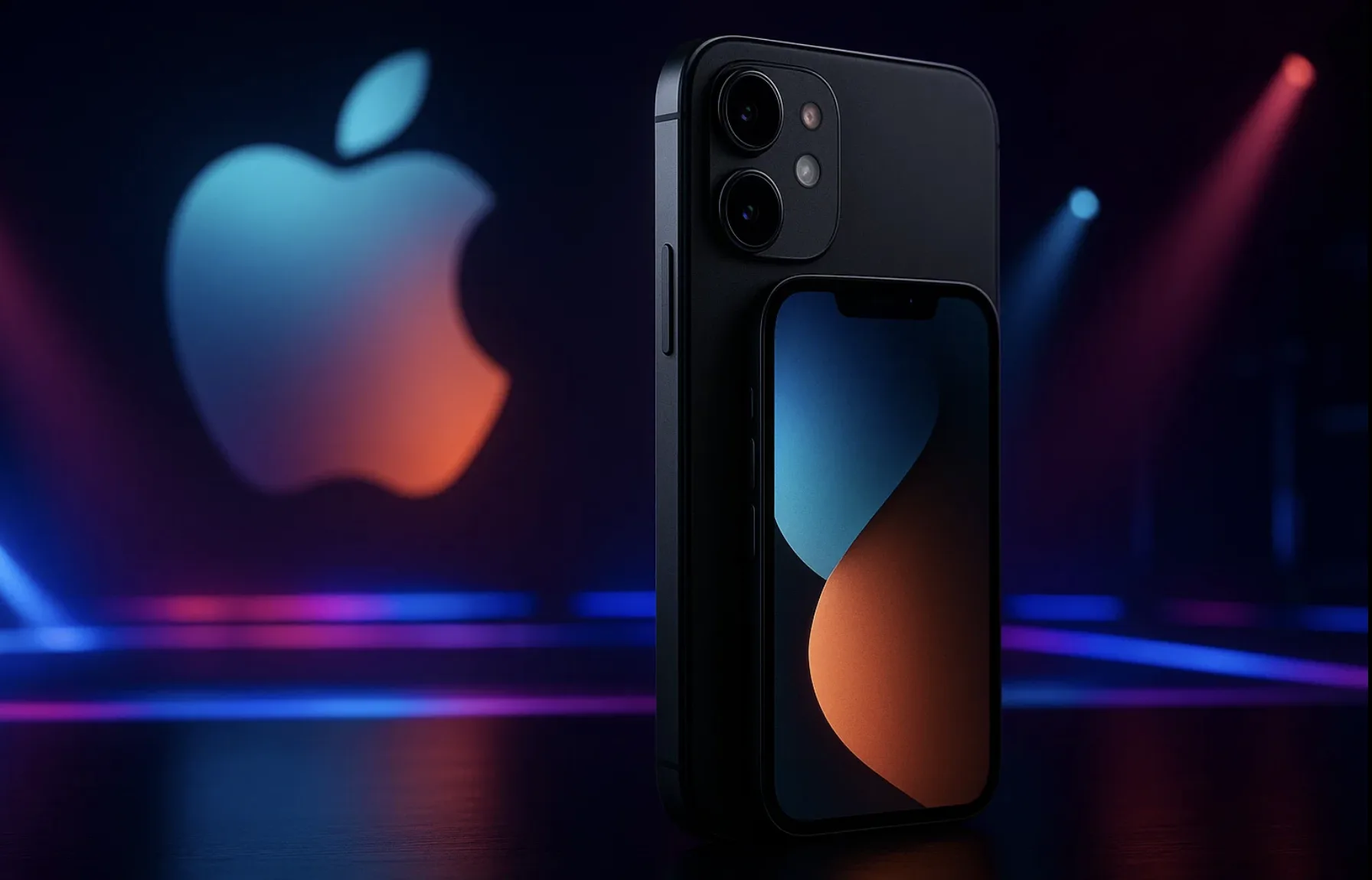

The Low-Key iPhone 16e Launch and the Future of Apple Events
Apple has built a reputation for turning product launches into global spectacles. From meticulously choreographed presentations at the Steve Jobs Theater to livestreams that draw millions of viewers, the company has mastered the art of making each reveal feel like a cultural moment. Yet the recent launch of the iPhone 16e broke from that tradition. Instead of the usual flashy production, Apple opted for a subtle, almost understated rollout. This shift raises important questions: Was it a calculated strategic move? And does it signal a broader change in the way Apple handles its product announcements?
A Departure From Apple’s Signature Launch Style
For years, Apple events have followed a familiar pattern: anticipation builds through strategic leaks and media buzz, the event itself captivates audiences with a polished blend of storytelling and technical deep dives, and products quickly become must-have items. The iPhone 16e’s launch, however, felt different. There was no grand keynote, no multi-hour unveiling, and little in the way of surprise moments. Instead, Apple quietly added the iPhone 16e to its website and issued a press release.
This change in approach is unusual for a company that often relies on the spectacle of its events to drive emotional engagement. Some industry observers suggest it may have been a deliberate move to better match the positioning of the iPhone 16e, which is not meant to be the flagship of the lineup but rather a more affordable, streamlined version for a different segment of customers.
Understanding the iPhone 16e’s Market Position
The “e” in the iPhone 16e branding appears to stand for “essential” — an indicator that this model is focused on providing a core Apple experience without all the high-end features of the iPhone Pro line. It offers many of the company’s signature strengths — a smooth iOS experience, dependable camera quality, and integration with the Apple ecosystem — at a lower price point.
By quietly releasing the iPhone 16e, Apple may have aimed to avoid overshadowing its flagship models while still making the device available to consumers who value function over flash. This approach also fits into the broader trend of Apple diversifying its product range to meet different price sensitivities, especially in markets where premium devices face growing competition from Android brands offering strong performance at competitive prices.
Why Apple Might Be Rethinking Event Strategies
Apple’s understated iPhone 16e rollout could reflect more than just a marketing decision for a single product. It might be part of a broader strategic evolution. Tech events have changed significantly over the past decade. In the early 2010s, live unveilings generated massive attention because product details were tightly guarded. Today, leaks and supply chain rumors often reveal key features months in advance, diminishing the surprise factor.
Furthermore, consumers are increasingly accustomed to on-demand content. They may prefer quickly digestible product information over lengthy presentations. A press release and website update can reach customers instantly, without requiring them to watch a full event. This allows Apple to maintain control over the narrative while saving the bigger stage for products with more groundbreaking changes.
The Financial and Environmental Angle
There may also be a financial and environmental rationale for reducing the scale of certain launches. Organizing a global launch event is costly, from staging and video production to international media coordination. A more digital-first approach reduces expenses and lowers the environmental impact associated with travel and large-scale gatherings.
Apple has positioned itself as a leader in sustainability, so smaller launches might align with its messaging about minimizing carbon footprints. While the environmental impact of one less in-person event may be small, it fits into the larger story Apple tells about its commitment to the planet.
How This Fits Into the Future of Apple Events
It’s possible the iPhone 16e’s quiet debut is not an isolated incident but a preview of how Apple will handle mid-tier or incremental product updates going forward. Major keynote events may become reserved for groundbreaking products — such as entirely new categories like the Vision Pro headset — while updates to existing lines could be announced in more modest ways.
This strategy could also be a way to better manage expectations. When every product is launched with the same level of fanfare, smaller upgrades can feel underwhelming. By adjusting the scale of the announcement to the significance of the product, Apple may create a more balanced and sustainable launch cycle.
The Consumer Reaction
Initial reactions to the iPhone 16e launch have been mixed. Some Apple enthusiasts miss the excitement of a live event and feel that the understated rollout undersells the device’s strengths. Others appreciate the simplicity, noting that they can get the facts about the phone without the added hype.
On social media, the discussion has centered on whether Apple’s low-key approach will become the norm for its more affordable models. For cost-conscious buyers, the iPhone 16e offers an appealing entry point into the Apple ecosystem — but whether this quieter marketing style will drive the same level of sales as a traditional launch remains to be seen.
Looking Ahead
Apple has always been willing to adjust its strategies in response to shifting market conditions, and the iPhone 16e’s launch may be another example of that adaptability. In a world where attention spans are shorter and competition is fiercer, a selective approach to product launches could help Apple maintain excitement for its most innovative products while still meeting the needs of a broad customer base.
If the iPhone 16e’s debut is a sign of things to come, we may be entering an era where Apple events are fewer but more impactful — reserved for moments that truly redefine the industry. That could make those big reveals even more special when they do happen.
In the end, the low-key launch of the iPhone 16e may not just be about this one device. It could be Apple’s way of quietly signaling that the future of its events — and perhaps its entire marketing philosophy — is evolving.



